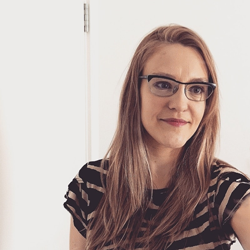Since Rhinegold’s ‘The Virtual Community’ was printed in 1993, much has been written on the use of relatively new spaces for communion online, including focused studies on MUDs (Multi User Dungeons) (Cherny, 1999: 247-296), IRC (Internet Relay Chat) (Shaw in Jones 2002: 134-143) or, as in this case, forum based communities (Preece, 2001: 345-375).
I intend to use the term ‘online’ as an alternative to the term ‘virtual’ which is often used to describe the same concepts but has been criticised for its implication that online spaces are somehow less authentic than physical, offline ones (Cerulo in Rhinegold, 2000: 367).
Rather than looking at a new or established online community as many other studies have done, I am interested in the evolution and use of a new forum community, which has a physical counterpart that is already established. Related studies have looked at examples of towns and villages – geographical communities’ movements into and within an online realm (Wilmersdorf, 2003; Zook, 2002). There is still, however, currently a deficit in studies of the relationships between online and offline communities (Nip, 2004).
Using Sussex University LGBT group as a case study, I am interested in whether and how a flexible online community mirrors its physical counterpart and whether it reflects the physical environment of the community or alters its online environment to suit its needs. The developer of an online community should “work closely with members to understand their needs, to select appropriate software, and to develop good sociability and usability” (Preece, 2001: 346). As an active member of this local community, I was able to understand the dynamics and structure of the group and attempt to mirror these when initially building the online space, whilst also encouraging member co-operation and influence on the designs. Rather than creating a chat based system, a forum seemed more appropriate as it allows “community memory… some record of what was said or done in your absence” (Rhinegold 2000: 183).
Discussions with the group’s committee identified criticisms of the existing website for using too much Flash which future members could not edit and which did not work on all browsers. Ease of editing pages and forum administration for future members played a factor in the simplicity of the designs and choice of forum provider (see Fig 1). The existing LGBT website was also criticised for being ‘too gay’, i.e. too colourful. The importance of discretion was identified as a factor to take into account when designing the site, due to many users potentially viewing the site from public computers, libraries etc. and a number of users assumed to be sensitive about issues of sexuality.
The whole essay is available here: How does the creation of an online community relate to its physical counterpart? [PDF]
